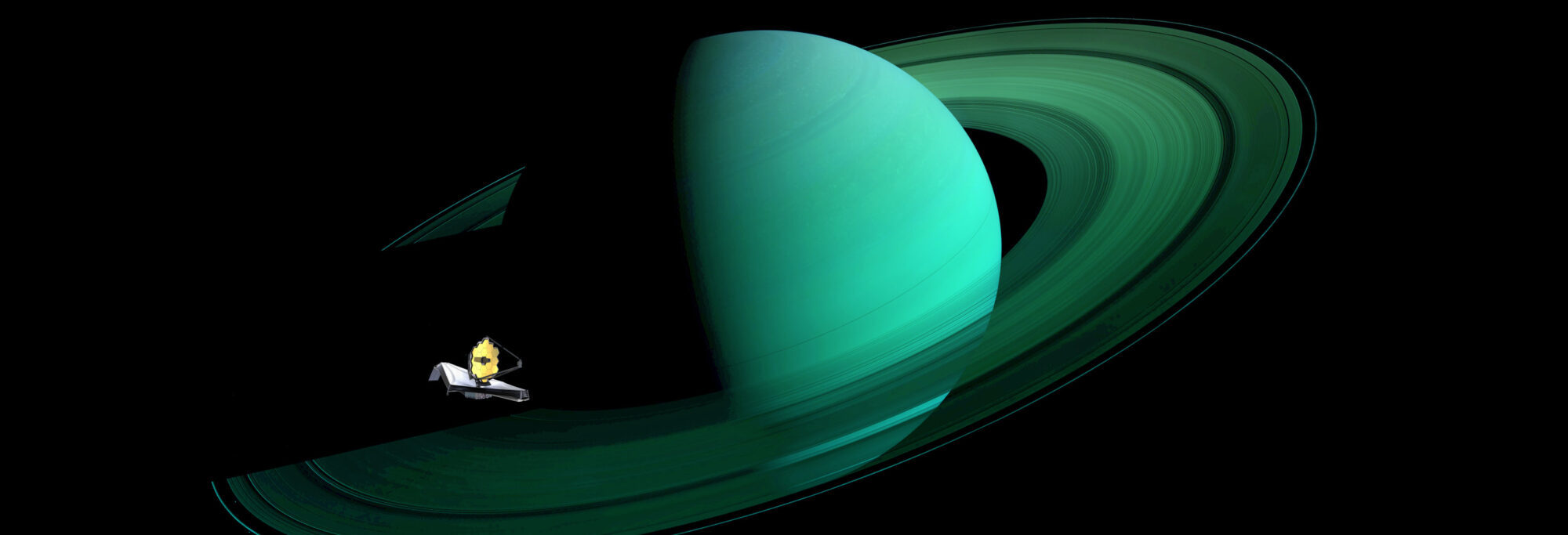Let your students explore the stars forming and fading in our galaxy.
With this stellar research project, students learn to analyse satellite data to help scientists discover the history of our Universe.
Project timeline
Cosmic Mining follows IRIS’ 4 phased project structure:
Prepare & launch: Teachers prepare then launch the project, using our helpful guidance documents.

Background research & skills development: With access to our support materials, students develop the knowledge and skills required to successfully complete research.
Students learn about the evolution of stars, the electromagnetic spectrum and spectral analysis.

Student research: Students carry out spectral analysis of stars based on data collected by the Spitzer Space Telescope. They classify each stellar object, then move on to analyse data, identifying unique features of the objects. They just might discover a new stellar body in the night sky.

Artefact development and conference: Students produce an article, academic poster presentation or academic paper, based on their research process and/or findings with the aim of exhibiting at IRIS’ conference.

This project is for UK state schools and colleges. It’s free and fully supported by our team. If you are a teacher and would like to start this project at your school, click the join button at the top right.
Overview
suitability


Most of the materials around us were formed by stars living, dying and colliding with each other. However, there are still many questions as to how these elements are made and distributed throughout galaxies like our own Milky Way.
As part of Cosmic Mining, students will be analysing data from the Spitzer Space Telescope. Young researchers learn how to examine and classify stellar objects based on the light they emit. Their work contributes to the first fully classified catalogue of these sources, which will be an extremely valuable resource for astronomers.
The ultimate goal, however, is to assist astronomers with the identification and selection of potential targets for the James Webb Space Telescope – the most powerful and complex space telescope to ever be built. This will contribute to the development of an observing proposal which makes the scientific case for pointing the huge space observatory at these objects.
Cosmic Mining links to physics and astronomy topics such as electromagnetic spectrum, spectral analysis and stellar evolution.

